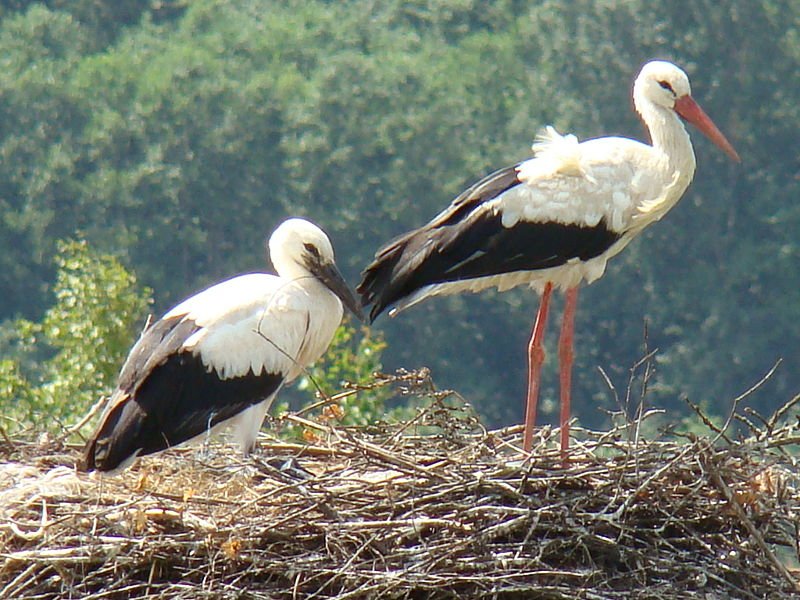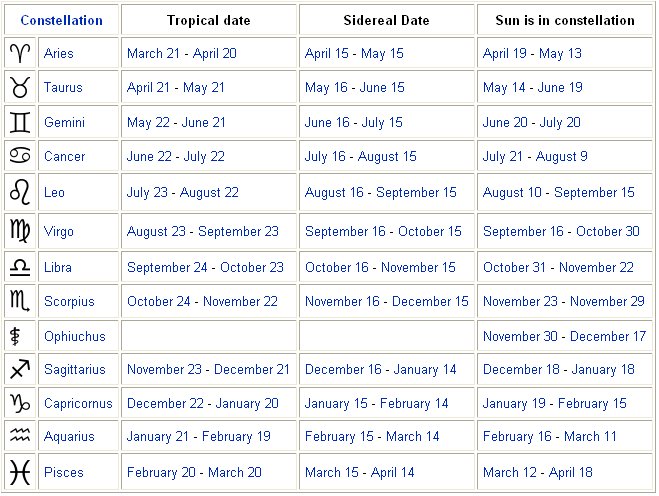|
TRANSLATIONS
When in G we have found the sign 7 for
spring and 6 for autumn (by way of the
number of glyphs in the henua
periods) it possibly indicates that spring
is described in the first 7 glyph lines and
that autumn begins after that.
|
a1 |
30 |
30 |
b1 |
26 |
26 |
|
a2 |
29 |
59 |
b2 |
35 |
61 |
|
a3 |
24 |
83 |
b3 |
30 |
91 |
|
a4 |
27 |
110 |
b4 |
33 |
124 |
|
a5 |
30 |
140 |
b5 |
29 |
153 |
|
a6 |
29 |
169 |
b6 |
28 |
181 |
|
a7 |
34 |
203 |
b7 |
31 |
212 |
|
a8 |
26 |
229 |
b8 |
30 |
242 |
|
sum |
229 |
sum |
242 |
The last glyph of the year is number 366 in
Gb5-12 and the following in line b5 do not
appear to change the subject. But then, at
the beginning of line b6 a change occurs:
 |
 |
 |
 |
 |
|
Gb5-29 (383) |
Gb6-1 |
Gb6-2 |
Gb6-3 |
Gb6-4 |
 |
 |
 |
|
Gb6-5 |
Gb6-6 |
Gb6-7 |
 |
 |
 |
|
Gb6-8 |
Gb6-9 |
Gb6-10 |
 |
 |
 |
|
Gb6-11 |
Gb6-12 |
Gb6-13 |
 |
 |
 |
|
Gb6-14 |
Gb6-15 |
Gb6-16 (399) |
13
* 29.5 = 383.5, we are at Roto Iri Are,
the station of regeneration. A few pages
from the dictionary (excursion at hoea)
to remind ourselves:
 |
53 |
 |
 |
 |
 |
 |
|
Aa8-84 (710) |
Ab1-53 |
Ab1-54 |
Ab1-55 |
Ab1-56 (767) |
Ab1-57 |
The importance of Roto Iri
Are can be quickly described
by pointing to number 13,
because even we in the civilized
world understand that sign. It
is a 'dark' month. Once there
were 13 zodiacal signs, but one
was eliminated - the Serpent
(or, more to the point,
Ophiuchus - the
'Snake'-Bearer).
Raw nature cannot be tolerated,
it must be curbed. Recreation
(now that old sun is dead and
buried) must take place in the
dark (inside). In
Tahua, we can suspect, not
only Hua Reva but also
Roto Iri Are should be at
most just hinted at. At Aa8-84 a
great henua can be
interpreted as a way to ignore
the dark and instead state that
a new light is beginning on day
355. Our 12 zodiacal signs leave
no gap, and instead of 13 * 28 =
364 days our calendar mixes 30
with 31 - yet has February
as a conspicious exception, and
there the leap day is located.
Fact is, though, that the baby
sun child comes in Tama,
next month. Somehow a 'snake'
must be in action before that.
In ancient Egypt Isis
gave birth to 5 gods during the
5 dark intercalated days between
the regular 360-day years. With
a calendar which is broken after
12 * 29.5 = 354 days, there must
be a gap to bridge before the
next 354-day year can begin. The
gap functions like a leap day,
only it stretches for a month or
so (viz. Roto Iri Are).
In Tahua, on the other
hand, the gap seems to be hidden
between the end of Akahanga
and the beginning of Hatinga
Te Kohe:
|
8 |
 |
 |
8 |
|
Aa8-24 |
Aa8-25 |
In G the approach is more
straightforward, and the break
is clearly stated:
 |
 |
|
Gb4-33 |
Gb5-1 (354) |
Gb5-29 illustrates a 'ghost' (no
real 'person'), but already at
Gb6-1 the 'ghostly period' seems
to be over. Maybe, therefore,
the counting should start from
the last glyph on side b
(instead of from Ga1-1), because
only then will the secure
foothold at 384 be reached at
Gb6-1. As a consequence glyph
number 354 would then be Gb4-33
and all 29 glyphs in line b5
would be in Roto Iri Are.
|
|
(Ref.: Wikipedia)
"... Bayer added to his titles
for Ophiuchus Grus aut
Ciconia Serpenti cum
inscriptione, Elhague, insistens,
which he said was from the
Moors, but Ideler asserted was
from a drawing of a Crane, or
Stork, on a Turkish planisphere
instead of the customary figure;
and the Almagest of 1551
alludes to Ciconia as if it were
a well-known title. All this,
perhaps, may be traced to
ancient India, whose mythology
was largely astronomical, and
the Adjutant-bird, Ciconia
argala, prominent in
worship as typifying the
moon-god Soma, so that its
devotees would only be following
custom in locating it among the
stars ..." (Allen)
|

"The
modern
English
word
can
be
traced
back
to
Proto-Germanic
*sturkaz.
Nearly
every
Germanic
language
has
a
descendant
of
this
proto-language
word
to
indicate
the
(White)
stork
...
the
Germanic
root
is
probably
related
to
the
modern
English
'stark',
in
reference
to
the
stiff
or
rigid
posture
of a
European
species,
the
White
Stork.
A
non-Germanic
word
linked
to
it
may
be
Greek
torgos
('vulture').
In
some
West
Germanic
languages
cognate
words
of a
different
etymology
exist.
They
originate
from
*uda-faro,
uda
being
related
to
water
meaning
something
like
swamp
or
moist
area
and
faro
being
related
to
fare,
so
*uda-faro
being
he
who
walks
in
the
swamp.
In
later
times
this
name
was
reanalyzed
as
*ōdaboro,
ōda
'fortune,
wealth'
+
boro
'bearer'
meaning
he
who
brings
wealth
adding
to
the
myth
of
storks
as
maintainers
of
welfare
and
bringing
the
children
...
In
Victorian
times
the
details
of
human
reproduction
were
difficult
to
approach,
especially
in
reply
to a
younger
child's
query
of
'Where
did
I
come
from?';
'The
stork
brought
you
to
us'
was
the
tactic
used
to
avoid
discussion
of
sex.
This
habit
was
derived
from
the
once
popular
superstition
that
storks
were
the
harbingers
of
happiness
and
prosperity,
and
possibly
from
the
habit
of
some
storks
of
nesting
atop
chimneys,
down
which
the
new
baby
could
be
imagined
as
entering
the
house
...

(Wikipedia)
|
I suggest Roto Iri Are is
the 'Season of The Stork', i.e.
the month 'bringing' (announcing
the arrival of) Tama (the
baby sun). The Victorians
preferred the myth before the
truth. A sun child must come
from above (where father sun
moves), therefore a bird is
necessary for the transport. The
Indian bird named Adjutant
belongs to another genus (Leptoptilos)
than the storks, and they fly
with their necks retracted
(while storks have their
outstretched):
Carrying babies around their
necks of course explains why
they cannot have their necks
outstretched.
|
|
Down through the chimneys, into the
houses, storks deliver babies.
Houses are 'female' and from inside
the 'houses' the babies will then be
delivered out into the light. The
word roto means 'inside'.
|
Roto
1.
Inside. 2. Lagoon (off
the coast, in the sea).
3. To press the juice
out of a plant;
taheta roto pua,
stone vessel used for
pressing the juice out
of the pua plant,
this vessel is also just
called roto.
Roto o niu, east
wind. Vanaga.
1.
Marsh, swamp, bog;
roto nui, pond;
roto iti, pool. 2.
Inside, lining; o
roto, interior,
issue; ki roto,
within, into, inside,
among; mei roto o mea,
issue; no roto mai o
mea, maternal;
vae no roto,
drawers. Churchill. |
The creation chant is using the
expression ki ai ki roto for
the consequences (ai) of
'going inside' (ki roto),
e.g.:
|
Ti
by copulating with Ta
(Tattoing) produced the
ti. |
he ti ki ai ki roto
ki a he ta ka pu te ti |
|
Acridness by copulating
with bad-taste produced
the arum. |
mangeongeo ki ai ki
roto he rakerake ka pu
te kape |
|
Ai
Aai
1. Who: interrogative
pronoun used in place of
koai te mee...: Aai
i-tu'u-mai-nei,
e-haśru-ró-ana au? =
Koai te mee
i-tu'u-mai-nei,
e-haśru-ró-ana au?
Who is it who came here
when I was sleeping? 2.
Whose: genitive pronoun.
Vanaga.
1. (Ko
ai) Who, which. 2.
Then. 3. Consequence. 4.
(Hai). Churchill. |
The rest of the name of the
kuhane station, iri are,
is fetched from the name of a
kind of sea-weed (iri-are):
|
Iri
1. To
go up; to go in a boat
on the sea (the surface
of which gives the
impression of going up
from the coast):
he-eke te tagata ki ruga
ki te vaka, he-iri ki te
Hakakaiga, the men
boarded the boat and
went up to Hakakainga.
2. Ka-iri ki puku
toiri ka toiri.
Obscure expression of an
ancient curse. Vanaga.
Iri-are, a seaweed.
Vanaga. |
|
Are
To dig
out (e.g. sweet
potatoes). Formerly this
term only applied to
women, speaking of men
one said keri,
which term is used
nowadays for both sexes,
e.g. he-keri i te
kumara, he digs out
sweet potatoes. Vanaga.
To
dig, to excavate.
Churchill. |
|
|
February comes after January,
which month is the 'gate' (ianua)
between the years:

(Wikipedia)
When the 'door' has been opened,
the 'stork' may introduce a sun
baby, and then arrives spring
equinox, when the reincarnated
sun comes out into our world.
|
January |
the 'door' is opened |
Hatinga Te Kohe |
|
February |
annunciation |
Roto Iri Are |
|
March |
birth |
Tama |

'The
Annunciation' according to
Leonardo da Vinci.
(Wikipedia)
|
The year continues beyond glyph line Gb5,
but the main subject is no longer old sun.
|




















